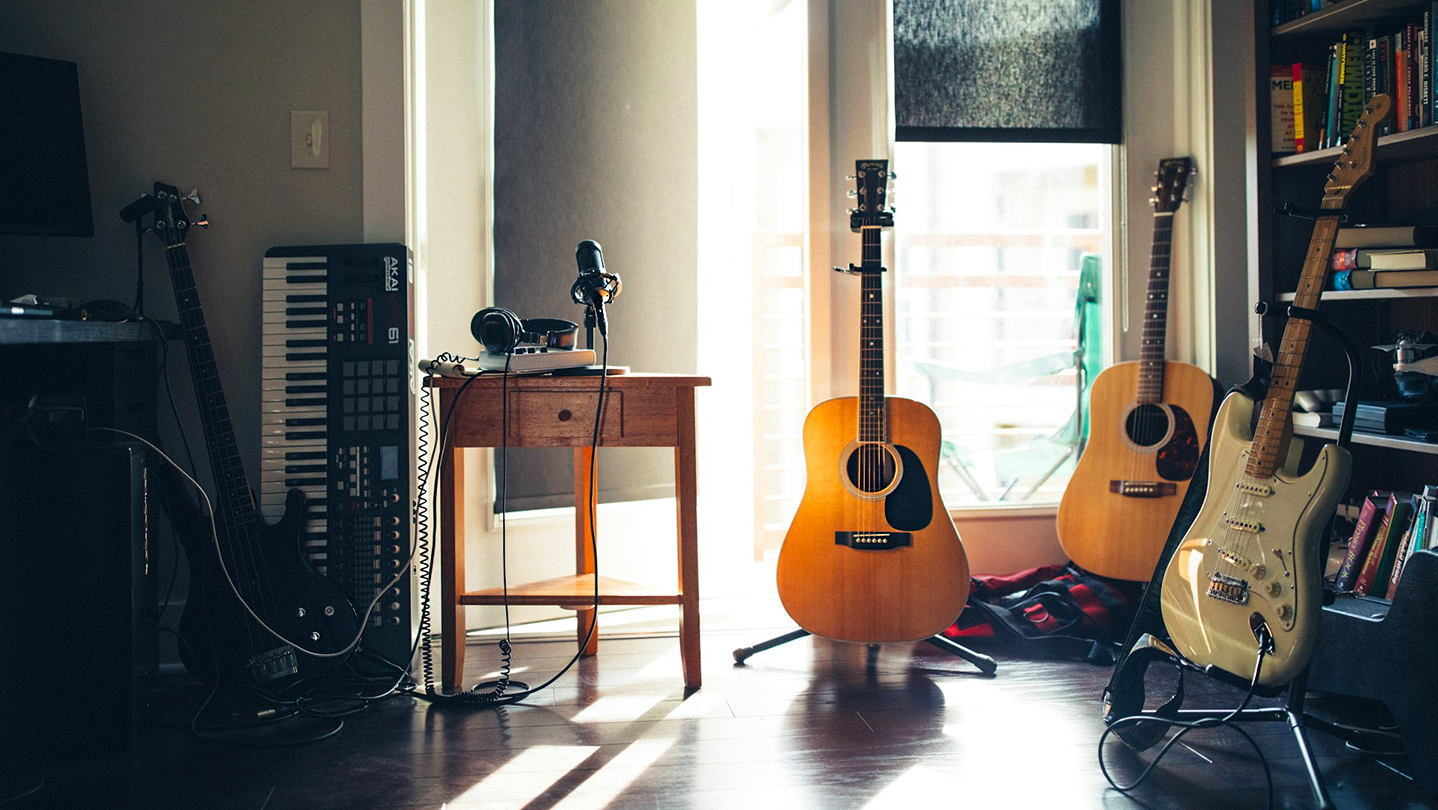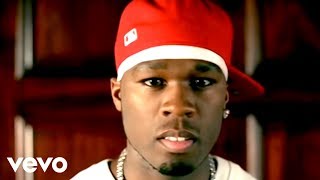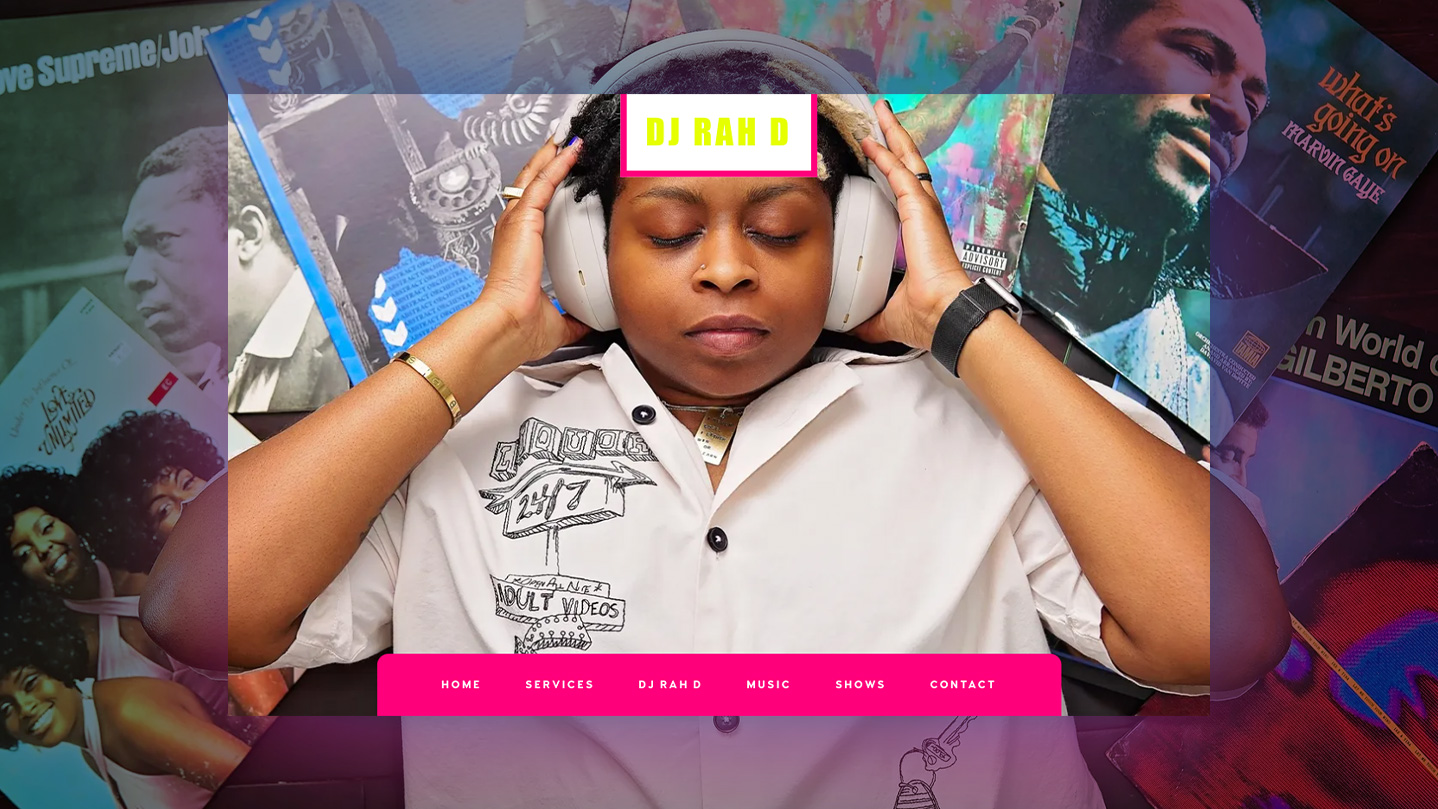Dedicated landing pages are commonly used by marketers and businesses as a way to generate better performance from their digital campaigns. In fact, a landing page is generally considered a basic must-have piece of content when setting up a professional campaign. And the reason is pretty simple: digital marketing campaigns are all about “conversions”, and a well-crafted landing page will help you get more of them.
It all comes down to you getting the most value possible out of the time and budget that you spend on your campaign. And frankly, it makes for a better experience for the people to whom you’re peddling your wares. Which makes it a no-brainer to put together a proper landing page any time you run any sort of campaign.
What is a music landing page?
Let’s start with the basics. A music landing page is a standalone page that is designed to maximize the performance of a music marketing campaign. It’s the destination page that your campaign ad (or email, or other content) will link to. When people click on your ad, it’s the page they will land on directly.
 A landing page usually has a single prominent call-to-action button that guides visitors to the next step in the funnel. Landing pages don’t have to be complicated – in fact they’re usually simple by design – and with the right tools they can be quick and easy to make.
A landing page usually has a single prominent call-to-action button that guides visitors to the next step in the funnel. Landing pages don’t have to be complicated – in fact they’re usually simple by design – and with the right tools they can be quick and easy to make.
Create marketing campaigns using built-in Landing pages on your own website! Try Bandzoogle today.
What is a music marketing campaign?
Let’s clarify what we mean by a “music marketing campaign”, because this is central to the whole purpose of a landing page. A music marketing campaign is a promotional effort with a specific objective that directly generates value for you. Usually that value comes in the form of direct revenue, but sometimes it might be about getting mailing list signups, Spotify streams, radio spins, press, bringing fans out to shows, etc.
You can create a campaign around anything that you want to actively promote. Musicians commonly create campaigns for things like:
- A new album or single release (to download, purchase, or stream)
- A music video launch (to view and engage)
- An upcoming event or tour (to purchase tickets)
- An active crowdfunding campaign (to support or subscribe)
- A new featured merch item i.e. vinyl release (to purchase)
- An educational course or program (to purchase)
- A mailing list (to subscribe)
There are various promotional channels through which you might promote your campaign, depending on how you plan it. For example, your campaign might promoted through:
- Social media ads
- Organic social media posts
- Banner ads
- Video ads
- An email newsletter
- QR codes at in-person events
Your promotional channels will depend on your campaign, and you can get creative with them. The point is, your landing page is where you will send visitors when they click on any of your campaign ads or other promotional content in any of your channels.
Where does the landing page fit into the campaign?
Whatever campaign you’re running, the landing page is just one of the several critical components you need to set it up. All of these components combine into something we can think of as a “funnel”.
 Your Campaign channels are the platforms where you reach your campaign audience, such as a social media ad account or a mailing list tool. Everyone who sees your campaign ad, email, or other promotional content enters the top of your funnel.
Your Campaign channels are the platforms where you reach your campaign audience, such as a social media ad account or a mailing list tool. Everyone who sees your campaign ad, email, or other promotional content enters the top of your funnel.
A certain number of people who enter your funnel by seeing your ad will click on it and end up on your Landing page. That’s an important step, but it’s not the end goal. You now want some of those people to move on towards the action that’s actually valuable to you.
Next, people will enter the Trigger, which is the mechanism that enables the conversion to happen. For example, this might be where the visitor adds a product to their cart and checks out through an eCommerce flow.
Not everyone will complete the Trigger steps, but those who do will finally complete a Conversion, which is the ultimate action that brings you value. For example, this might be where the visitor completes a purchase.
Finally, the Delivery step is where you fulfill your end of the deal. For example, this might be where you provide a download link to the music file that was purchased. Or ship that vinyl in the mail. Or email that event ticket. Often this step can be fully automated.
All of the funnel components need to work seamlessly together for a campaign to be successful. And the role of the landing page is extremely simple – it just needs to convince as many people as possible to continue through to the next step and, ultimately, convert.
How to make a music landing page
Now for some good news: with the right tools, making a music landing page is easy. Here are ten best practices to help you craft the perfect high-converting landing page for your next music campaign.
1. Create a dedicated page for each campaign
The point of a landing page is that it should be tailored for the specific campaign where it’s being used. Often, campaigns run for only a limited time: think an album pre-sale campaign, which might last a month or two.
Unlike regular website pages that you might publish and then keep updated over time, a landing page has more of a single-use purpose. Which means that each time you have a new campaign, you’ll need to create a new landing page that serves the campaign objective.
With that in mind, you may want to consider using a platform that allows you to create many landing pages, that offers page templates to speed up your process, and allows you to duplicate pages so that you can repurpose content you’ve created for similar previous campaigns.
2. Create a consistent experience
When crafting your landing page, start by looking at the experience the visitor will have before they land on your page. If a visitor has clicked on your ad or email, it’s because you’ve successfully caught their interest enough to divert their valuable attention to you for a few seconds. Keep that attention by providing a seamless experience that flows from the ad to the landing page.
If you’ve used certain branding in your promotional content, use that same branding on your landing page as well. Ensure that the colors, images, fonts and copy match between your ads and your landing pages. That will make visitors confident that they’ve landed on the thing that interested them in the first place. That way, they’ll be less likely to bounce away.
3. Make it splashy
Think of your landing page as the equivalent to a store window display. It needs to look great. Main street retailers put a lot of effort into their windows. Remember that on top of asking your visitors for their valuable attention you’re also asking them to do something even more, like spending money on a purchase.
You don’t need to hire a designer, but put in the effort to make your landing page visually attention-grabbing. Use big, high-quality images. Give visitors something that looks interesting, entertaining, intriguing, compelling – whatever makes what you’re offering look like something they would want.
4. Make it mobile responsive
Visitors are going to arrive on your landing page from a wide variety of devices. Mobile devices are likely to be the most common way for visitors to access your page.
Ensure that your landing page looks nice on all screen sizes. When you’re setting up your page, test it out on two or three different devices. Open it on your desktop and on your phone. Make sure everything lines up how you expect it to, and that your call-to-action button is in a prominent location on the page no matter which device you’re using.
5. Minimize distractions
One of the hallmarks of a landing page is that it typically will not have any navigation links, like header and footer menus, that you normally see on a regular website page.
That’s because a landing page has one job, which is to support your campaign objective. Anything on the landing page that doesn’t explicitly support the campaign objective is a distraction and shouldn’t be there.
The only option a visitor to your landing page should have is to either click through to the next step in your funnel, or close the page and leave. There may be exceptions to that rule, but the point is to provide the visitor with a clear and simple choice, and nothing to distract them from it.
6. Stick to a core message
From the visitor perspective your campaign messaging starts with your ads, since it’s what they see first. Whatever you say in your campaign ad or email (visually or in text) you can think of as your core message. On your landing page, start by repeating the same (or similar) messaging. You could even re-use some of the exact same text.
A promotional ad usually doesn’t have enough room to get much of your message across – it’s just a teaser. With your landing page you have an opportunity to expand on that messaging and add more detail. But don’t go off-script. Stick to the thing you’re promoting and why it should matter to the visitor – and nothing else. Keep it simple. Sometimes less is more on a landing page.
7. Communicate the benefits of your offer
Think of your landing page as your “moment” to explain to the visitor why they should do the thing you want them to do, such as pre-ordering your new album. Do this by focussing on the benefits of what you are offering – in other words, what will they get out of it. You may need to reflect on this, and maybe get a little creative.
If you’re offering a new music release, you’re not just offering music. Anyone can offer music. You’re probably offering a unique experience, a feeling, an emotion, a connection. Get to the heart of what that is, and get that across on your landing page.
If you’re offering music education, talk about what the visitor will get from signing up to it. What they will learn, and how they will be able apply their learning to better themselves somehow. The closer you can relate this to the visitors’ internal motivations, the better your landing page will be.
Of course, you need to explain the practical stuff too – like that they will receive a digital file. But that’s not what will convince visitors to take your offer.
8. Choose the right CTA
The call-to-action, or CTA, is the ultimate action that you are asking visitors to take. For example, “buy album now” or “pre-order album” are calls-to-action. The CTA on a landing page usually pulls the attention towards a colorful call-to-action button that draws the eye.
First and foremost, have only one CTA on your page. Avoid giving visitors a choice of different actions they can take. As a rule of thumb, a music landing page should have only one CTA on the page, and one CTA button.
Think of the CTA as the “hook” of your landing page. In the same way that an intro and verse lead a listener to the chorus hook, everything on your landing page should lead users towards the call-to-action. It should be consistent with the CTA you used in your promotional ad, and it should accurately reflect what the visitor ultimately needs to do next and/or what they will get.
9. Measure performance
One of the great benefits of using a landing page is that, since it’s a page that you own and control, you can add your own analytics tracking. Measuring the performance of your campaign is crucial to making sure you’re allocating your time and budget wisely.
Add basic tracking to your landing page, such as Google Analytics, or ensure that the platform you are using includes built-in reporting.
10. Build remarketing audiences
Another great benefit of using a landing page is that you can add your own remarketing tags, such as those from Google and Meta. Adding remarketing tags to your side allows you to build audiences in Google and Meta ad platforms. You can then reach those same people again at a point in the future with ads, even if they never actually converted.
These audiences can be valuable because they are made up of people who engaged your ad, and maybe even started the checkout process. You could also create audiences of only people who did convert. These are all valuable audiences who may be interested in other campaigns you are promoting, now or in the future.
There may be more to landing pages than meets the eye, but once you get a handle on the basics – and have maybe created one or two for your campaigns and seen the results – you’ll find that they will become easy to make, and an essential part of your music promo.



